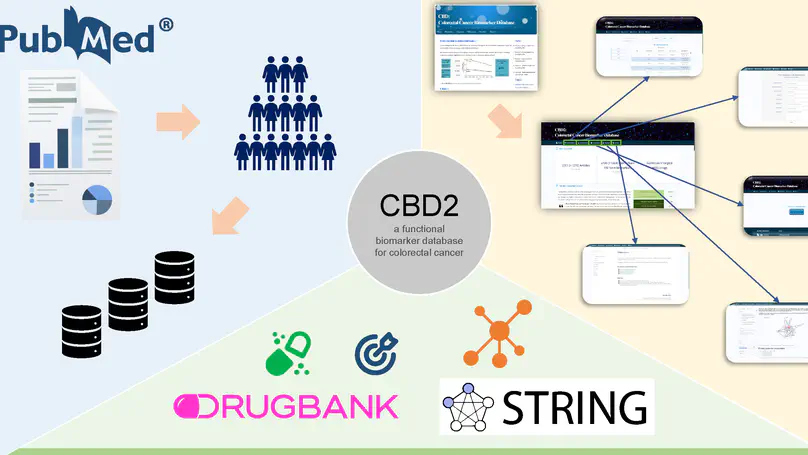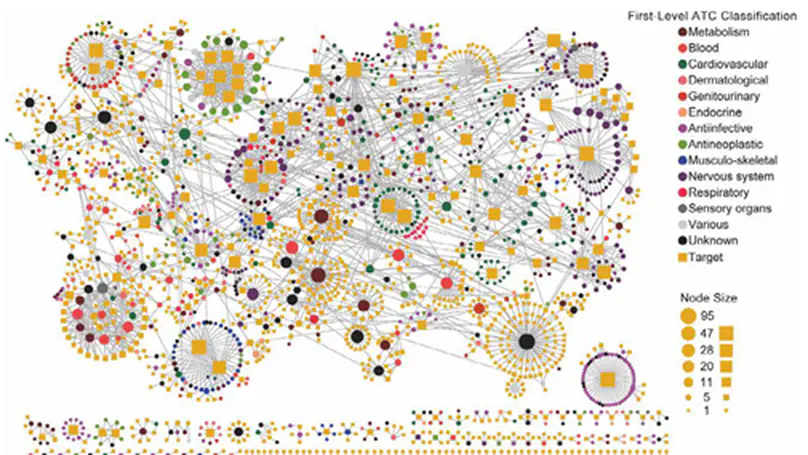Biography
Min Li (李旻) received a Bachelor of Science degree from Soochow University, majoring in bioinformatics, under the tutelage of Professor Guang Hu, and is currently working as a data engineer in the team of Dr. Xueli Zhang, PI of Guangdong Provincial People's Hospital (GDPH).
His research interests are mainly in the fields of life sciences & computer science, focusing on data analysis and exploration at the biomolecular level.
- Network Analysis
- Molecular Docking
- Multi-omics Data Analysis
- Tool Development
Data Engineer, 2023
Guangdong Provincial People's Hospital (GDPH)
BSc in Bioinformatics, 2022
Soochow University
Skills
Simple and commonly used programming language
Simpler but memory-intensive programming language
A web framework I’m currently learning
Proficient in software installation and uninstallation
Hobby just getting started
Experience
Responsibilities include:
- Data Management
- Data Analysis
- Website Building
- Programming
Accomplishments
Publications

CBD2 is an updated database for colorectal cancer (CRC) biomarkers, expanding the original collection to 1569 new biomarkers across DNA, RNA, protein, and more, plus data on non-viable biomarkers. It features network analysis for exploring biomarker relationships and supports queries for chemicals and drug combinations, aiding in polypharmacological treatment design. CBD2 is free to use and aims to enhance CRC research and treatment strategies.

This chapter explores drug-target interactions in modern drug discovery, highlighting a shift from one-bullet-one-target to a holistic network approach. It reviews data sources, similarity-based and machine learning algorithms, and computational tools for interaction prediction and network analysis. Emphasizing the integration of big data and complex networks, the chapter underscores the potential to enhance our understanding of drug molecules, targets, and interactions.
Contact
Contact me if you have any interest.
- mli.bio@outlook.com
- No. 106, Zhongshan 2nd Road, Guangzhou, Guangdong 510000
- Monday to Friday, 8:30 to 17:30
-
WeChat Me





